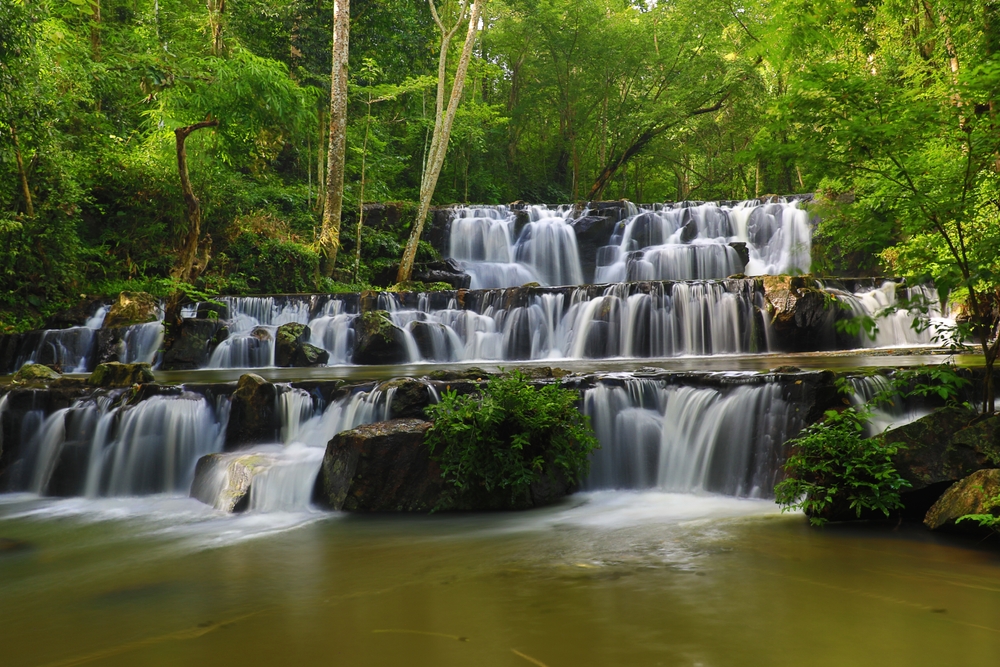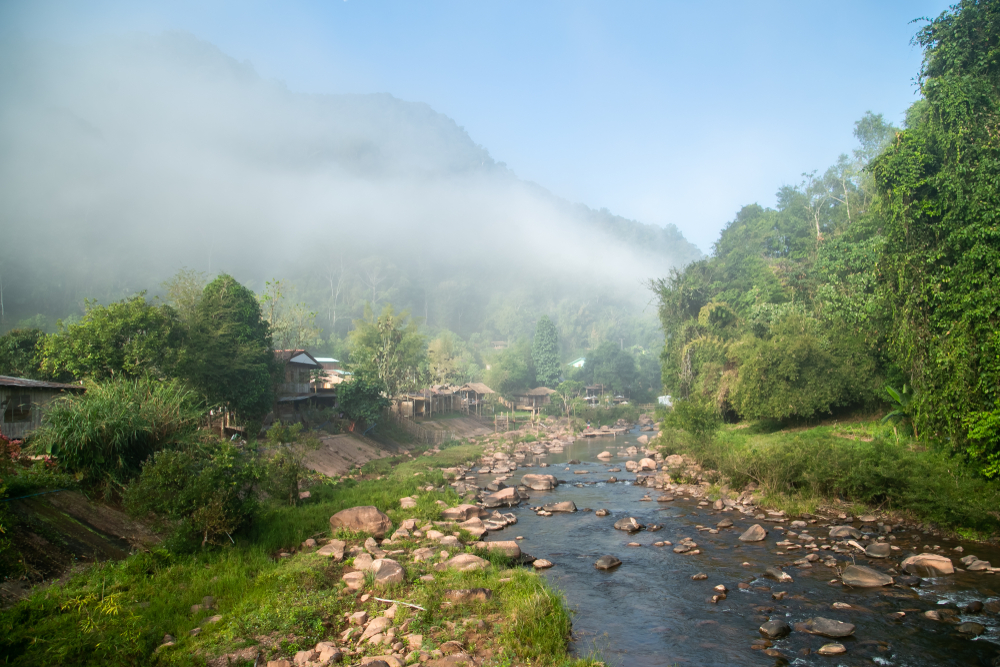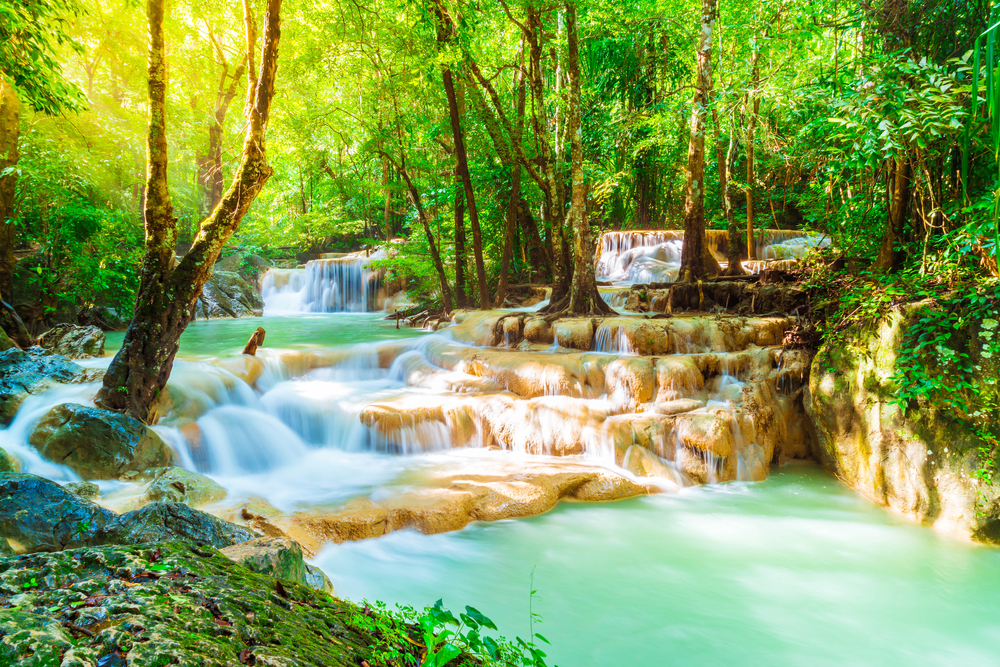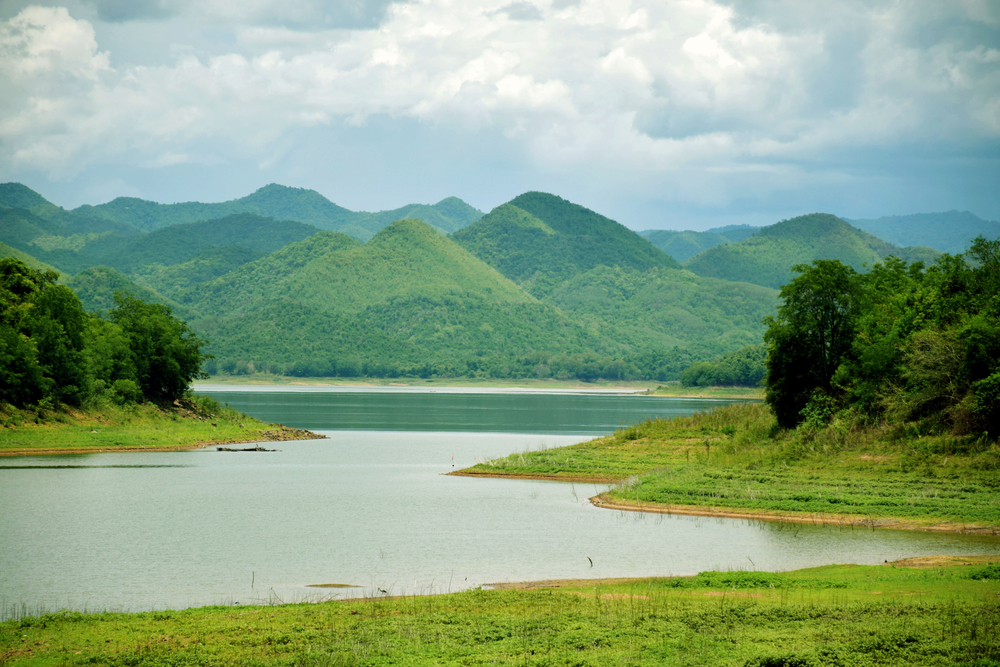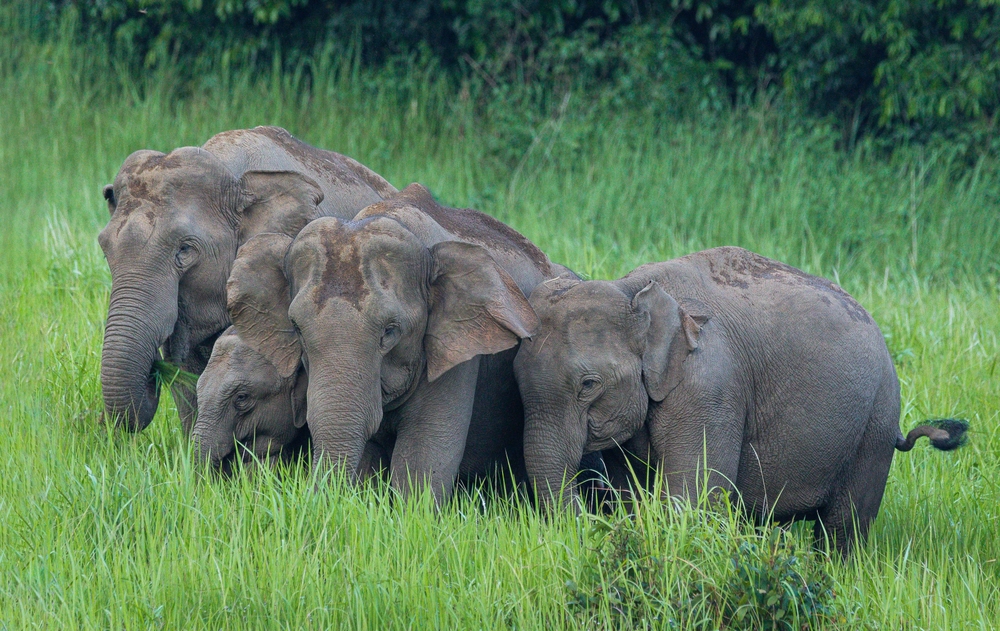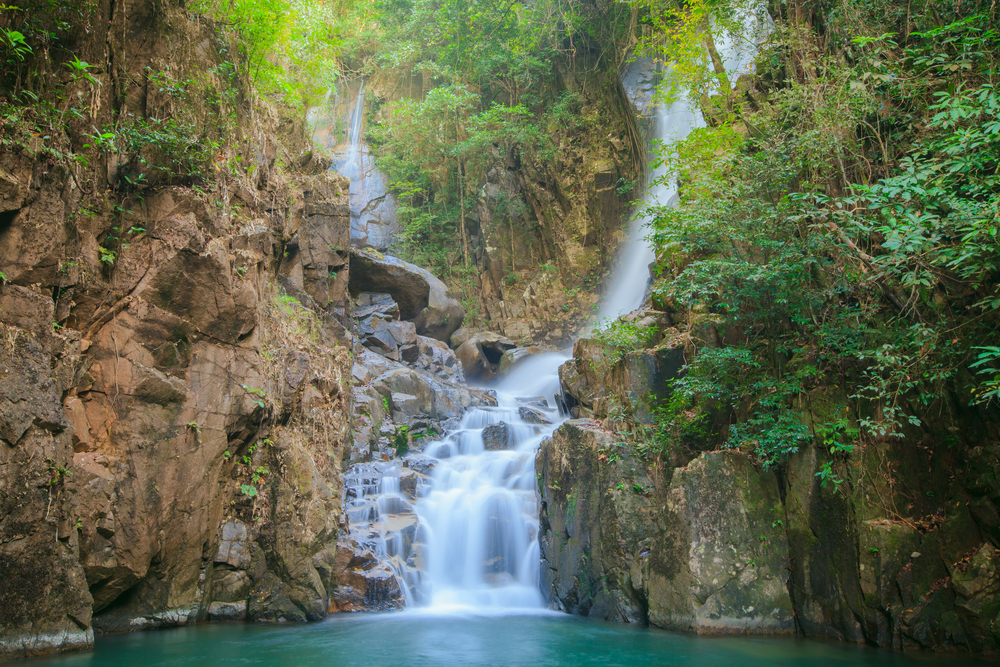Namtok Sam Lan Overview
Namtok Sam Lan National Park, or “อุทยานแห่งชาติน้ำตกสามหลั่น” in Thai, is a captivating protected area in Saraburi Province, Thailand. Covering approximately 11 square miles (28.5 square kilometers), the park’s compact size belies its diverse natural beauty and cultural significance. Located just 81 miles (130 kilometers) northeast of Bangkok, it is easily accessible, making it a favorite destination for nature lovers and day-trippers seeking respite from urban life.
The park’s landscape is characterized by lush forested hills, serene streams, and a series of picturesque waterfalls that give the park its name. “Namtok Sam Lan” translates to “Three-tier Waterfall,” a nod to its iconic cascading feature.
The terrain ranges from gentle slopes to rugged cliffs, with elevations that offer panoramic views of the surrounding countryside. The vegetation is primarily deciduous and evergreen forest, featuring bamboo groves, teak trees, and an abundance of tropical plants. During the rainy season, the waterfalls are particularly vibrant, with streams swelling into cascading torrents that carve through rocky landscapes.
Wildlife enthusiasts visiting Namtok Sam Lan National Park may encounter a variety of species native to Thailand. The park is home to small mammals like civets and porcupines, while reptiles such as monitor lizards and turtles are often spotted along the water’s edge. Birdwatchers can delight in observing diverse avian species, including bulbuls, kingfishers, and the strikingly colorful Asian paradise flycatcher. The tranquil environment makes it an ideal habitat for these animals, although sightings may require patience and quiet observation.
One of the most popular features of the park is its waterfalls, particularly the Sam Lan Waterfall, which has three distinct tiers. Visitors also enjoy exploring the Phra Phutthachai Cliff, adorned with prehistoric rock paintings, and the Khao Khrok viewpoint, offering breathtaking views of the natural surroundings. The park’s trails, varying in difficulty, cater to hikers of all skill levels, with some paths leading to hidden waterfalls and serene picnic spots. Cycling is another favored activity, as the trails wind through the verdant forest and scenic clearings.
Visitors engage with the park in various ways, from tranquil nature walks to adventurous hikes. The park’s serene atmosphere and accessible location make it ideal for families and casual explorers. Camping is also popular, with designated areas allowing visitors to fully immerse themselves in nature. Guided tours provide insights into the park’s ecological and cultural significance, enhancing the visitor experience.
The park faces conservation challenges, including balancing tourism with environmental protection. Overuse of trails and littering have posed threats to the delicate ecosystem, but management efforts have focused on sustainable tourism practices and raising visitor awareness. Notable successes include habitat restoration projects and community-led conservation initiatives that have bolstered local wildlife populations and preserved key natural features. These efforts ensure the park remains a pristine haven for future generations.








































































